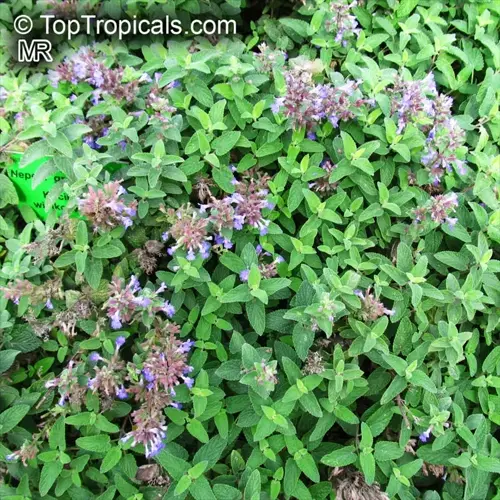Is chamomile safe for pets?

Written by
Tina Carter
Reviewed by
Prof. Charles Hartman, Ph.D.Chamomile presents an overall mix of benefits and risks to pets and requires precautionary and species-specific mitigation measures. Cats do not possess liver enzymes to conjugate chamomile terpenoids, which means that oral use of chamomile could be potentially dangerous if not managed very carefully. Dogs usually tolerate diluted doses in accordance with safe use criteria; however, strict dosages are required for both oral uptake and topical treatment. Before using herbal materials with your pet, consult with your veterinarian to discuss all options.
Flea Repellent Method
- Steep 2 tbsp flowers in 1 cup boiling water
- Cool completely and strain thoroughly
- Spray lightly on fur avoiding face area
- Test small patch first for reactions
Anxiety Relief for Dogs
- Use extra-weak tea (1/4 strength human dose)
- Limit to 1 tsp per 10 lbs body weight
- Administer maximum twice weekly
- Discontinue if lethargy or GI upset occurs
Emergency Response
- Identify symptoms: vomiting, tremors, incoordination
- Contact ASPCA Poison Control immediately
- Bring chamomile product packaging to vet
- Monitor breathing and heart rate closely
Veterinary Consultation
- Disclose all medications and supplements
- Request liver enzyme baseline testing
- Discuss breed-specific sensitivities
- Establish clear dosage thresholds
Chamomile's natural pyrethrum-like properties are designed for flea-repellent activity. Use cooled tea sprays between the shoulder blades, avoiding the eyes and nose. Never use essential oil versions that are highly concentrated and have toxic levels. I mix chamomile tea with neem oil for better flea deterrent effectiveness; however, I keep a close watch on pets following application.
For canine anxiety relief, you can use chamomile tea diluted to a 25% human-strength solution. The amino acid glycine encourages a state of relaxation without sedating the canine. Administer the dose at 1 teaspoon per 15 pounds of canine body weight, no more than twice a week. Pugs and other brachycephalic breeds should be monitored closely due to respiratory sensitivities.
Toxic reactions in cats include vomiting, ataxia, and liver damage due to terpenoids build-up. Birds experience neurological toxicity with even small clinical amounts. In the case of accidental ingestion, contact animal poison control promptly. Store chamomile products safely out of reach of all animals and pets.
You may consider using valerian root for dogs or catnip for cats as safer options. Consult cannabis holistic veterinarians for species-specific formulations. Remember that just because something is natural does not mean it is safe; therefore, dosage and supervision are key when using herbs with any companion animal.
Read the full article: How to Grow Chamomile: A Complete Guide

